
Nature never fails to astonish with its diverse and captivating creations, and the Blood Pheasant (Ithaginis cruentus) stands as a prime example of the awe-inspiring wonders found in the Himalayan region. This remarkable bird, adorned with vivid hues of crimson and brown, showcases a unique beauty that has captured the attention of bird enthusiasts and wildlife lovers alike.
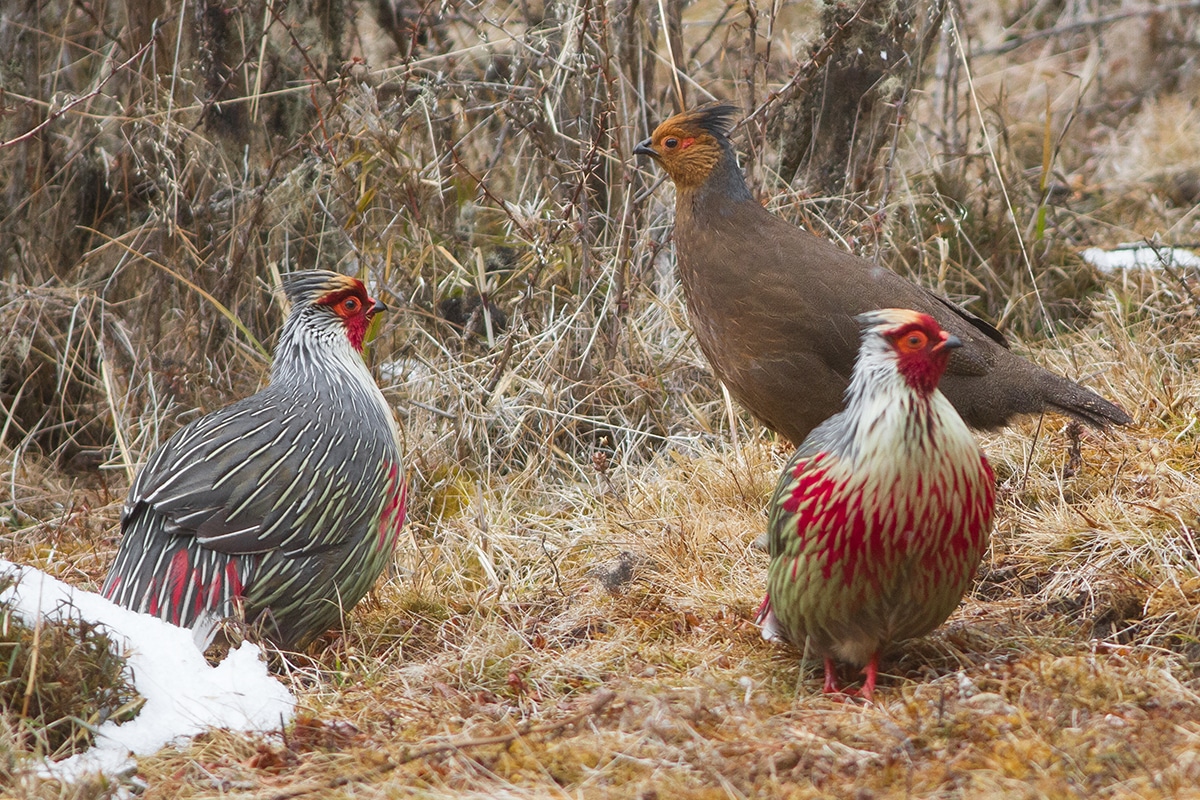
The Blood Pheasant, also known as the Crimson Horned Pheasant, is a species of bird that belongs to the Phasianidae family. It is native to the Himalayan mountain range, specifically found in the countries of Nepal, Bhutan, India, and China. This magnificent creature thrives in the alpine and subalpine regions, typically preferring altitudes ranging from 2,400 to 4,200 meters (7,900 to 13,800 feet) above sea level. Its habitat primarily consists of dense undergrowth, shrubs, and grassy slopes, providing the perfect cover for this elusive avian species.
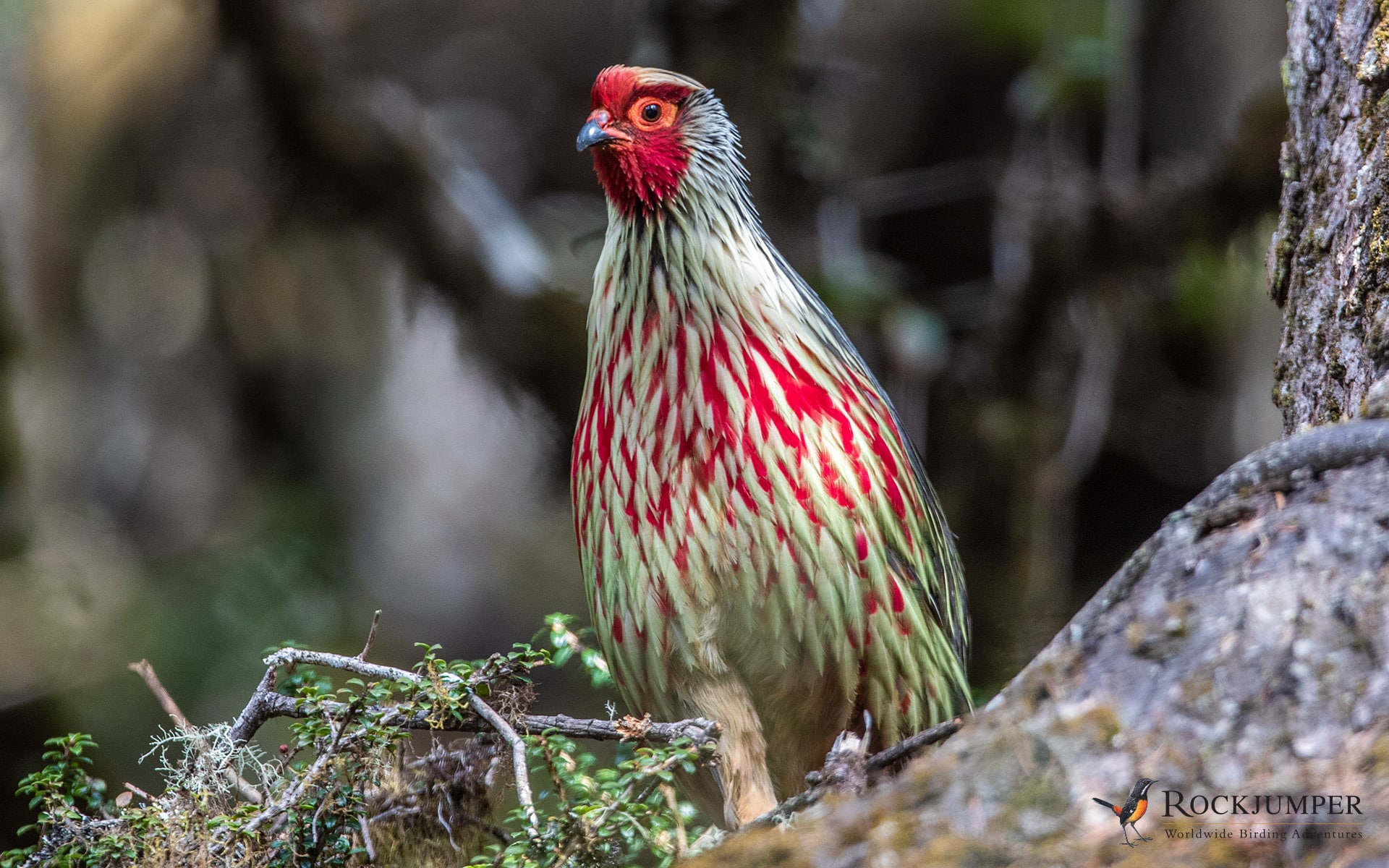
The Blood Pheasant possesses a distinct appearance that sets it apart from its avian counterparts. Adult males exhibit a striking plumage, with a vibrant red head, neck, and chest, beautifully contrasting against the deep brown feathers that cover their body. The vivid red coloration, resembling spattered blood, has given this species its intriguing name. On the other hand, females display a more subdued appearance, with a mottled brown plumage that helps them blend seamlessly into their surroundings, providing effective camouflage from potential predators.
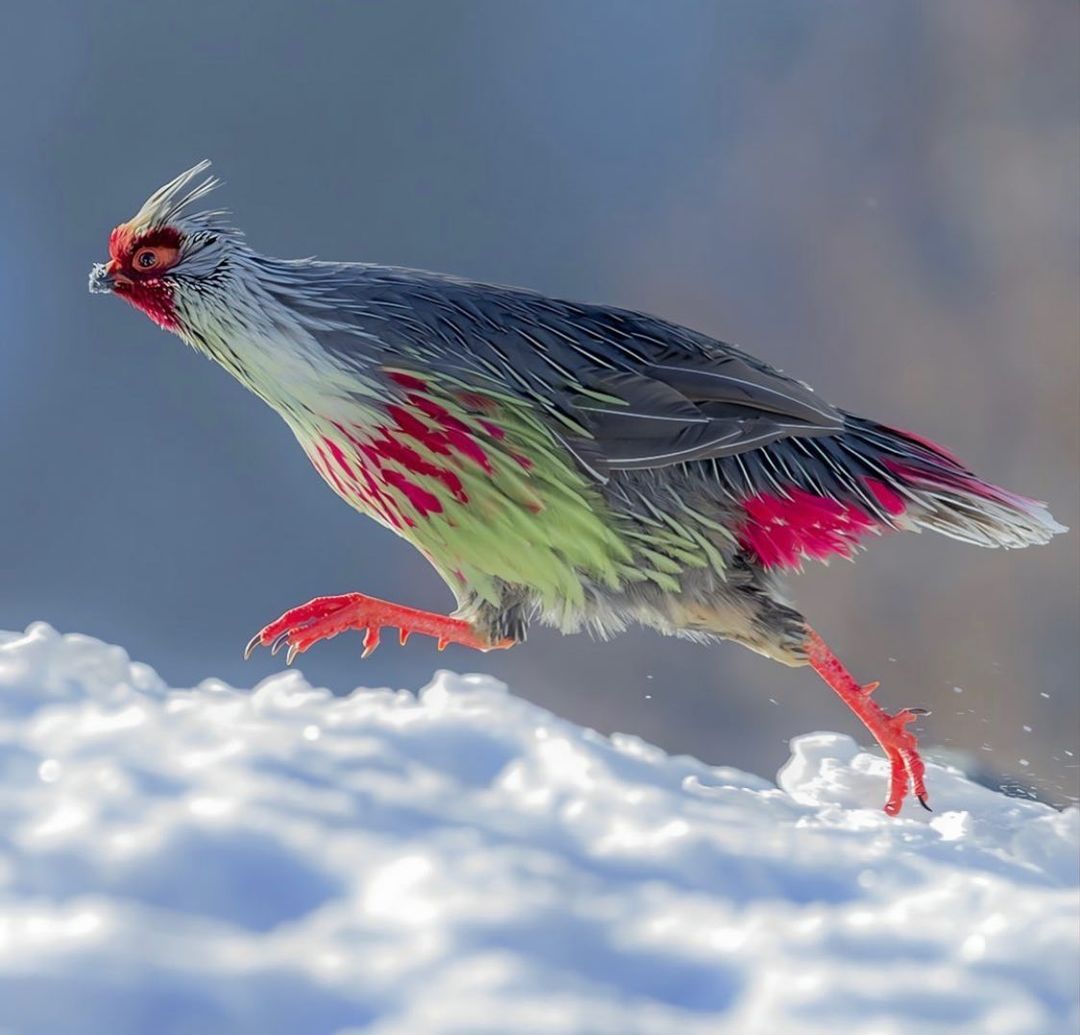
In terms of size, the Blood Pheasant is a medium-sized bird, measuring approximately 40 to 58 centimeters (16 to 23 inches) in length, including its elongated tail. The males are slightly larger than females, with a weight ranging from 700 to 800 grams (1.5 to 1.8 pounds), while females typically weigh between 600 and 700 grams (1.3 to 1.5 pounds). These pheasants possess a sturdy build, well adapted to their mountainous habitat, enabling them to navigate through steep terrains with relative ease.

As for their behavior, Blood Pheasants are known to be predominantly terrestrial birds, spending most of their time on the ground. They are skilled climbers, utilizing their strong legs and talons to ascend rocky slopes and cliffs. Although primarily herbivorous, these birds also feed on insects, worms, and small invertebrates, supplementing their diet with animal protein. During the breeding season, which typically occurs from April to June, males engage in elaborate displays to attract females. They showcase their vibrant plumage, fan their tail feathers, and emit distinctive calls, creating a mesmerizing spectacle amidst the tranquil mountain landscapes.
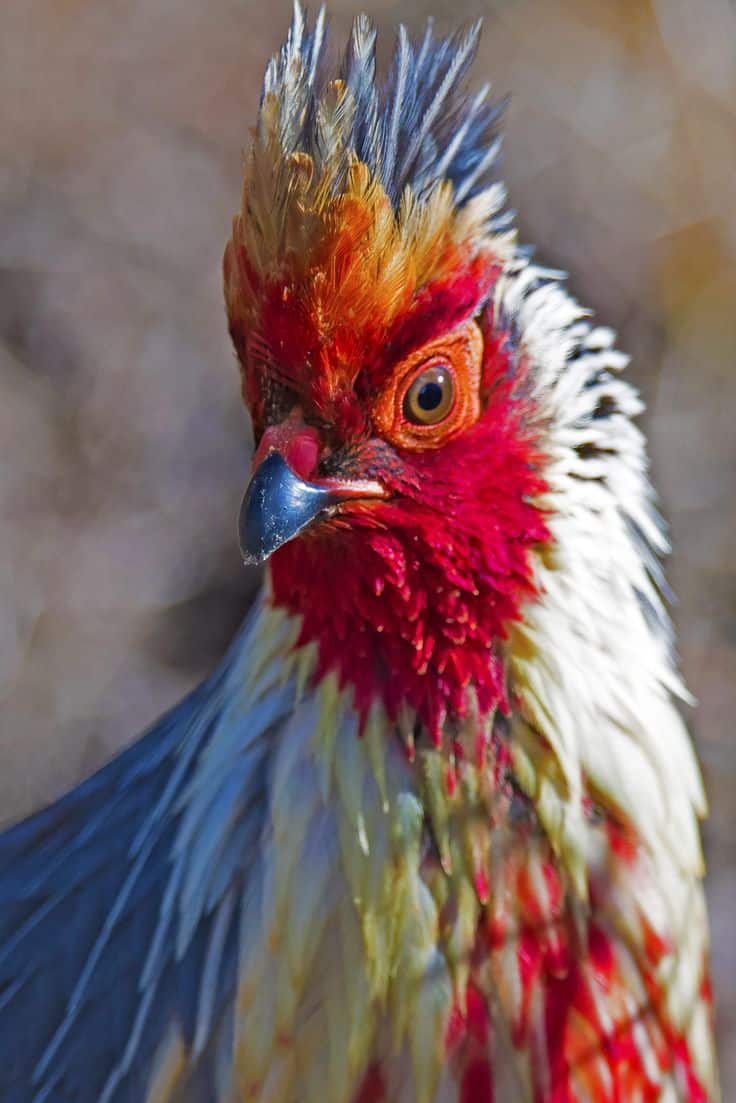
Unfortunately, the Blood Pheasant faces several threats to its existence. Habitat loss, resulting from deforestation, infrastructure development, and agricultural expansion, poses a significant risk to their survival. Additionally, illegal hunting and collection for the wildlife trade further exacerbate the challenges faced by this species. Consequently, the International Union for Conservation of Nature (IUCN) has classified the Blood Pheasant as a species of “Least Concern” but highlights the need for continued monitoring and conservation efforts to ensure its long-term viability.
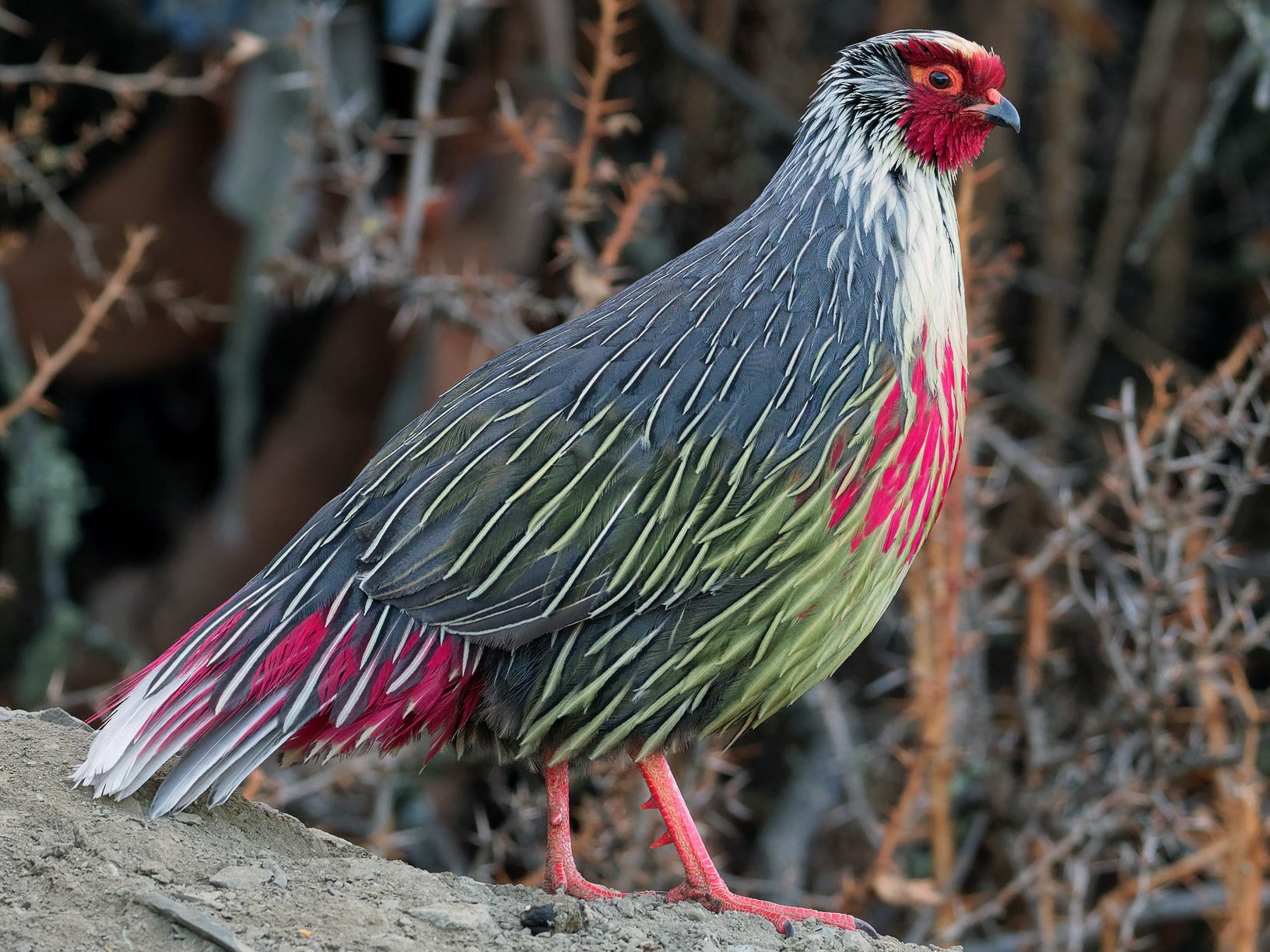
The Blood Pheasant is an extraordinary avian marvel, showcasing the remarkable diversity of nature in the Himalayas. Its vibrant plumage, unique habitat, and intriguing behavior make it a subject of fascination for bird enthusiasts and wildlife lovers around the world.





